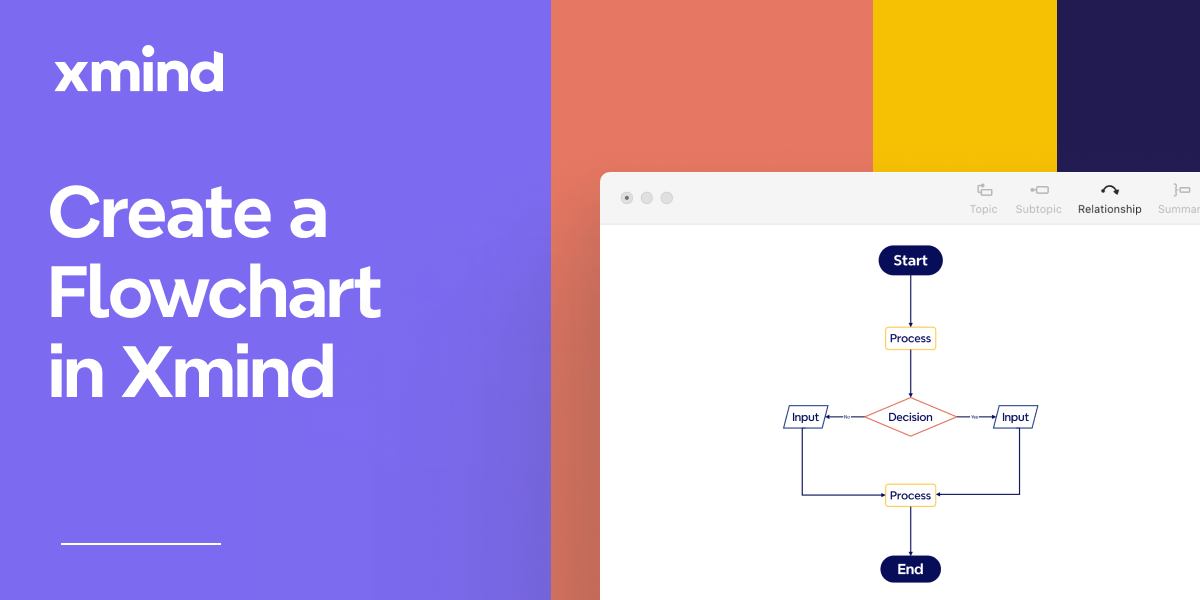Apr 25, 2023
Teaching with Mind Maps: Enhancing Classroom Learning Experiences

Apr 25, 2023
Teaching with Mind Maps: Enhancing Classroom Learning Experiences

Establishing an environment that engages students in the learning process can be quite challenging and, at times, difficult. A mind map functions as an engaging visual representation that systematically arranges information, making it effortless for the brain to comprehend and process. It could be used as a teaching and learning tool to foster critical thinking.
Learning Association to Improve Memory Retention
Association is a crucial skill for enhancing memory retention. By cultivating associations, earners shift their information processing approach from merely gathering pieces of data to establishing connections or links between them. Moreover, when learners incorporate visuals alongside words or phrases, for instance, in a mind map, it increases the likelihood of activating long-term memory, as this combination effectively stimulates the brain. That's why mind maps are not only valuable tools for educational settings but also serve as an essential skill for lifelong learning.

Note-taking Versus Note-making
Note-taking involves passively capturing verbal information during lectures or meetings, while note-making actively engages the reader in analyzing and summarizing written material. Mind mapping and note-making are closely related techniques that aid in the organization and retention of information.
Both methods involve breaking down complex ideas into simplified, interconnected concepts, which enables individuals to assimilate and recall data more efficiently. While traditional note-taking often involves linear, unidirectional transcription of facts, mind mapping and note-making promote non-linear, multi-directional connections among ideas.
This approach stimulates creative thinking and problem-solving abilities, fostering a deeper understanding of the subject matter. By utilizing visual elements, such as shapes, colors, and images, these techniques create a more engaging learning experience, resulting in better retention and recall compared to traditional note-taking.

Examples to Promote Student Engagement
One study showed that in the graduate physical therapy program, students consistently face the challenge of striking a balance between mastering a vast amount of knowledge and honing the practical skills crucial for their hands-on profession. Ultimately, it has been discovered that when students are asked to create mind maps based on pre-class readings, they become more readily equipped to participate in class activities. As a result, this allows us, as instructors, to devote increased time to assisting them in mastering the practical aspects of their craft, as well as enhancing their critical thinking and communication abilities.

Enhance Your Teaching Experiment with Innovative Xmind Templates
Xmind templates offer a customizable and visually appealing platform that simplifies complex concepts and fosters effective organization of ideas. As students navigate through their studies, these templates serve as a powerful tool to enhance comprehension, promote collaboration, and streamline the learning process.
Conclusion
The incorporation of mind maps into the teaching process offers a multitude of benefits for both educators and students alike. By embracing this innovative approach, educators empower their students with the ability to become more effective thinkers and problem solvers, ultimately cultivating a dynamic, learner-centered educational environment that cultivates future-ready individuals who are well-equipped to navigate our ever-changing world.
More Posts
What Is a Venn Diagram: Definition, Applications, and Examples
A Venn diagram is a visual tool to show the logical relationships between different sets. It is commonly used in mathematics, statistics, logic, education, and business to illustrate how sets intersect, overlap, and differ. By understanding Venn diagrams, you can simplify complex data and enhance your analytical skills. This article will explore what a Venn diagram is, its benefits, how to create one using different tools and provide examples and templates to get you started. For a seamless experience in creating Venn diagrams, we recommend using Xmind or Xmind AI for their powerful features and user-friendly interface.

How Mind Mapping Tools Elevate Project Management
Explore how mind mapping tools can elevate your project management process. Learn how these tools enhance workflow efficiency, improve team collaboration, and simplify complex project tasks. Whether you're planning, organizing, or tracking projects, discover the benefits of integrating mind mapping into your project management strategy.

Flowchart Essentials: Definition, Templates, and Free Softwares
Discover the power of flowcharts with our detailed guide. Learn what a flowchart is, explore practical use cases, and discover how to create and optimize them using softwares like Xmind and Xmind AI for enhanced workflow efficiency.


One space for all your ideas
Organize thoughts, visualize structures, connect ideas, and unlock insights.
Get Started for Free






